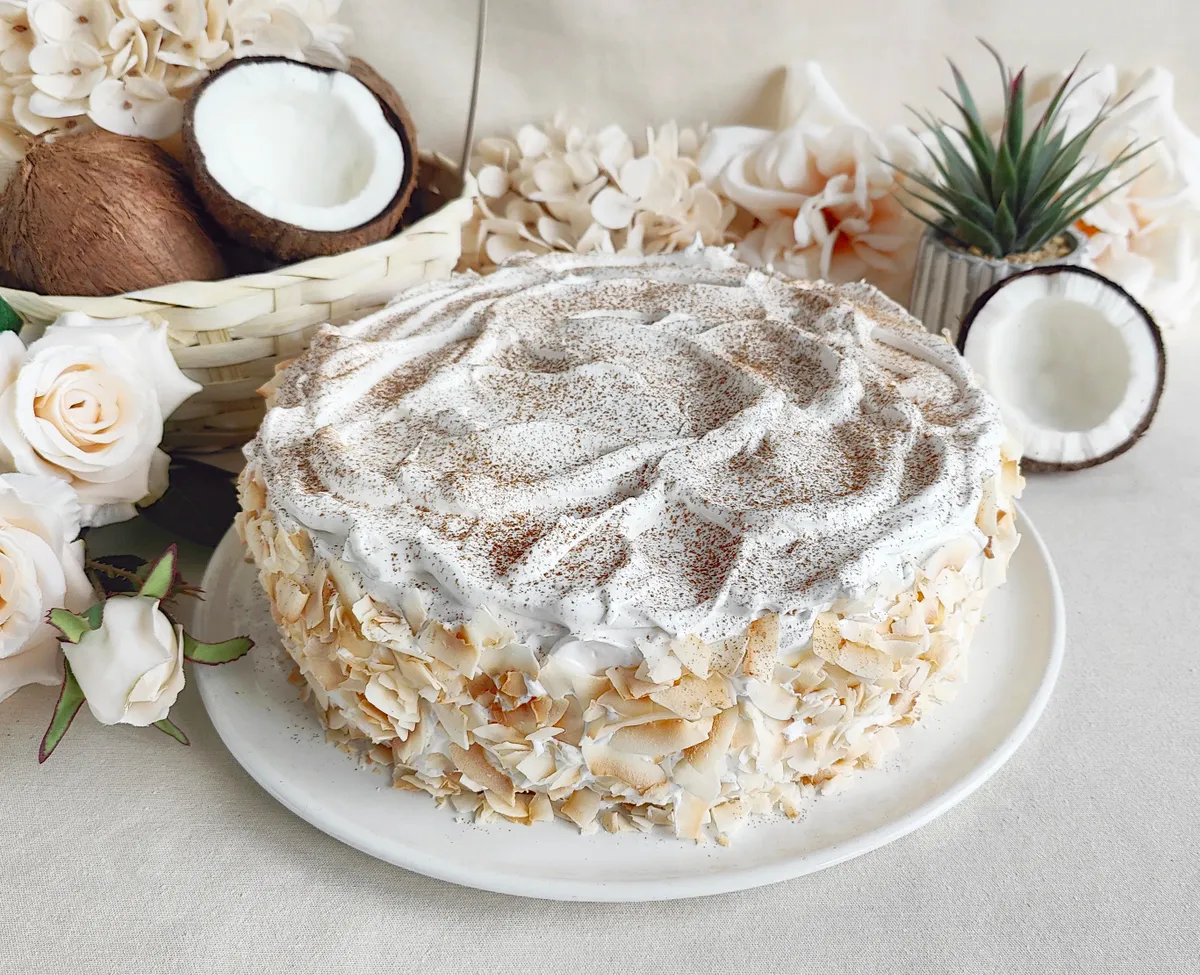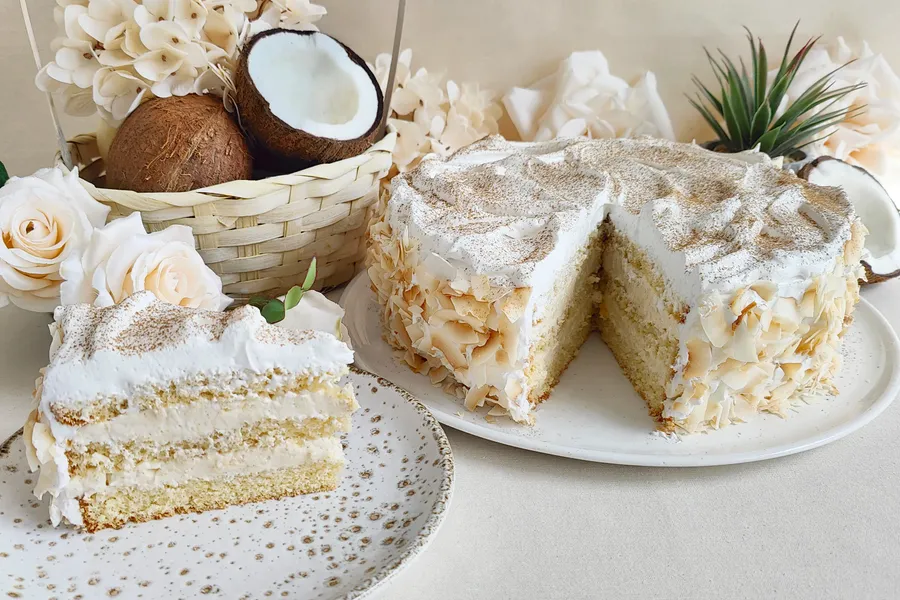
The history of the Venezuelan Bienmesabe Cake
The Venezuelan Bienmesabe is a traditional dessert with roots in Spanish pastry-making. Its name and concept arrived in the Americas during the Viceregal period, when European cuisine merged with the native ingredients of the continent. In Venezuela, this adaptation became evident with the substitution of ingredients such as almonds with coconut, giving the Bienmesabe its tropical identity.
During the Viceroyalty of New Granada, Venezuelan gastronomy was enriched by Peninsular, African, and Indigenous influences. Bienmesabe became one of the most cherished desserts in convents and affluent households, where pastry-making was a symbol of refinement and hospitality. Its popularity grew as variations incorporating local products emerged, solidifying its status as an emblematic Venezuelan sweet.
The most significant transformation of Bienmesabe in Venezuela was thanks to the Franciscan nuns of the El Paraíso convent in Caracas. They replaced almonds with coconut pulp and coconut water, adapting the dessert to the tropical ingredients available and giving it the characteristic flavour we know today. This innovation not only enhanced the recipe but also deeply rooted it in Venezuelan culinary culture.
To spread this new version of Bienmesabe, the Franciscan nuns offered pastry courses in their convent. These classes were aimed at ladies of Caracas’ high society and were intended to raise funds to support homeless children and single mothers seeking sustenance in El Paraíso. In this way, Bienmesabe not only delighted palates but also played an important social role.
A key figure in the popularisation of Bienmesabe in Caracas was La Negra Contemplación. Renowned for making the best Bienmesabe in the city, it was said that her fluffy coconut-flavoured sponge cake with meringue had almost magical properties, capable of easing heartaches. Her dedication and skill in preparing this dessert turned it into a true “medicine for the soul” in Caracas at the time.
Today, Venezuelan Bienmesabe is a symbol of criollo confectionery, reflecting the rich fusion of Indigenous, African, and European influences that define the country’s gastronomy. Its evolution from Spanish traditions into a tropical dessert with its own identity is a testament to the creativity and adaptability of Venezuelan cuisine.

 albertoimizcoz
albertoimizcoz

